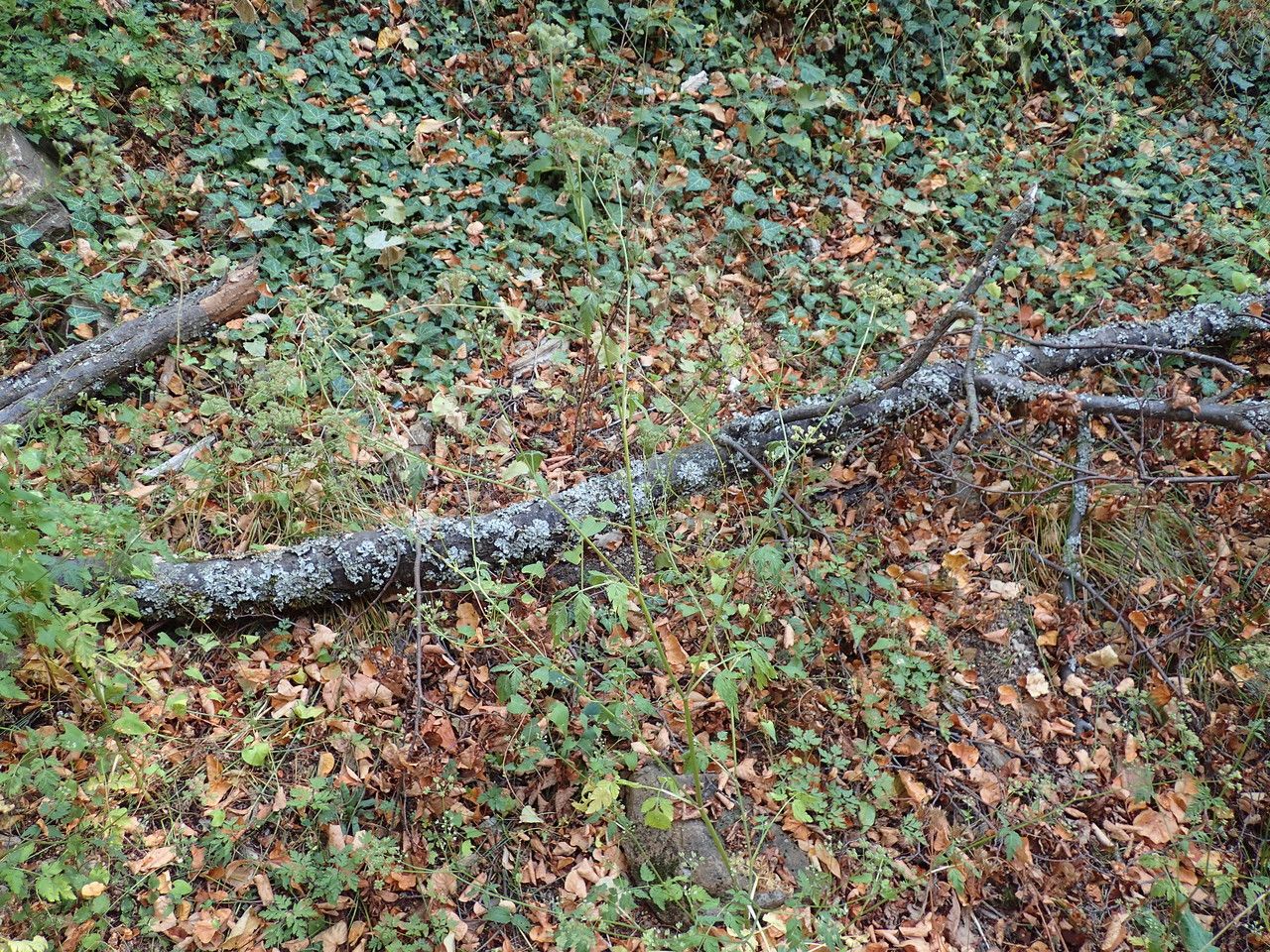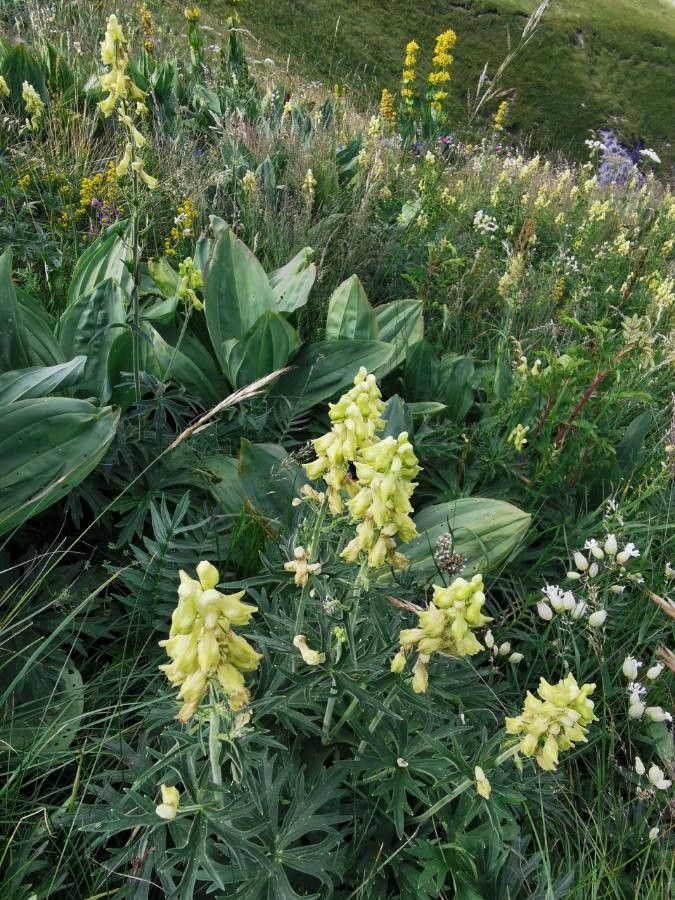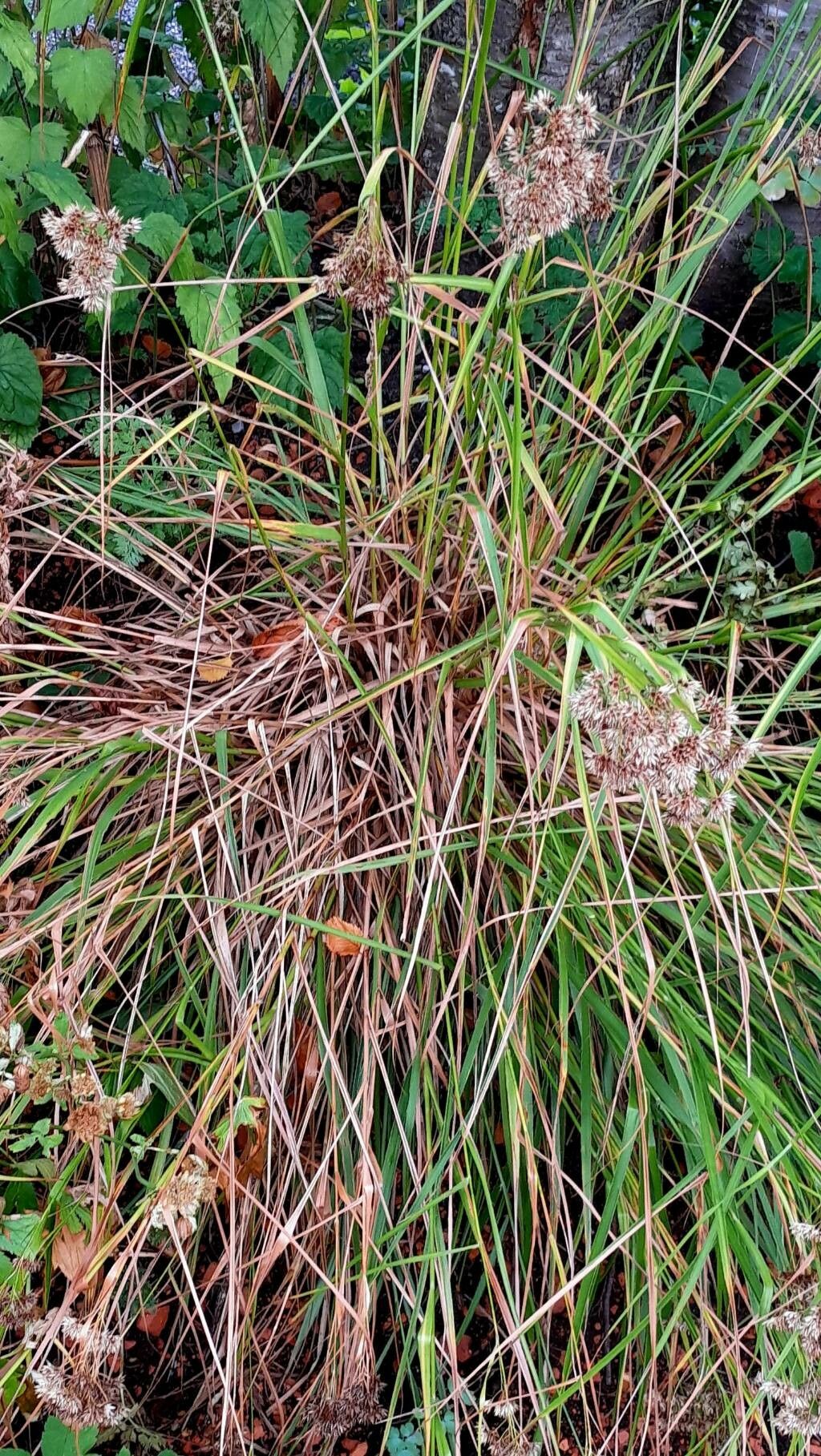# Upright Hedge-Parsley: A Comprehensive Guide
Upright hedge-parsley (*Torilis japonica*), a member of the Apiaceae family (the same family as carrots and parsley), is a common herbaceous plant found across various regions globally. While often considered a weed, understanding its characteristics and growth habits can help gardeners appreciate its unique qualities or effectively manage its presence.
### Identification
Identifying upright hedge-parsley involves recognizing its distinct features. It's an annual or biennial plant, typically reaching heights between 1-3 feet. The stems are slender and branched, often reddish-tinged. Its leaves are finely divided, fern-like, and possess a characteristic lacy appearance. The small, white flowers are arranged in umbels (clusters of small flowers on stalks radiating from a common point), similar to other members of the Apiaceae family. The fruits, which are crucial for identification, are prickly burrs that cling to clothing and animal fur, aiding in seed dispersal.
### Habitat and Growth
Upright hedge-parsley thrives in a wide range of conditions, exhibiting a remarkable adaptability. It prefers sunny to partially shaded locations and tolerates various soil types, from sandy loam to clay. This adaptability contributes to its widespread distribution. It frequently appears in disturbed areas, wastelands, along roadsides, and even in cultivated fields, showcasing its opportunistic nature.
### Sun Exposure and Soil Needs
While Upright Hedge-Parsley tolerates partial shade, it generally prefers full sun exposure for optimal growth. Regarding soil, it is remarkably adaptable. Well-drained soil is preferred, but it can tolerate a range of soil pH levels and textures. Amend heavy clay soils with organic matter to improve drainage.
### Uses and Considerations
Although not traditionally used as a culinary herb, some historical records suggest limited medicinal applications in certain cultures. However, it's crucial to exercise caution, as the plant's toxicity is not fully established, and ingestion is generally not recommended. Its primary significance lies in its role within the ecosystem. It provides nectar sources for pollinators and can be a host plant for certain insects. However, its prolific seed production and ability to readily spread can lead to it being considered a weed in many contexts, especially gardens and cultivated fields.
### Managing Upright Hedge-Parsley
Controlling upright hedge-parsley often involves a combination of methods. Hand-pulling is effective for small infestations, particularly when the plant is young. Mulching can suppress germination and growth. In larger areas, herbicides might be necessary, but always consult local regulations and recommendations before using any chemical control.
### Conclusion
Upright hedge-parsley, while often overlooked, plays a role in the natural world. Understanding its characteristics and growth habits is crucial for both its appreciation and effective management, whether in a wild setting or a cultivated garden.
Upright Hedge-Parsley: Complete Guide & Care

Frequently Asked Questions
How do I identify upright hedge-parsley?
Look for its finely divided, fern-like leaves, small white flowers in umbels, and distinctive prickly burr fruits. The stems are often reddish-tinged.
Is upright hedge-parsley invasive?
Upright hedge-parsley can be considered invasive due to its prolific seed production and ability to spread easily in disturbed areas. Its invasiveness depends heavily on the local environment and existing plant communities.


